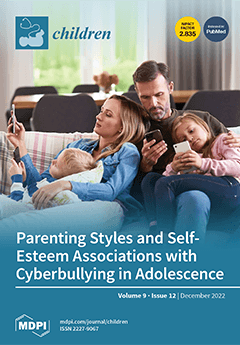During training camps, training load is purposefully intensified. Intensified training loads (TL) are associated with psychological variations, increased fatigue, insufficient recovery, decreased muscular performance, and biological changes in adult athletes, but whether these changes occur during training camps in youth athletes has not been established. The aim of this study was to assess changes in psychometric status, vertical jump performance (i.e., height), and hematological markers before and after an intensive training camp in youth soccer players. In this case, 15male youth soccer players (mean ± SD: age: 14.8 ± 0.4 years; height: 172.0 ± 6.9 cm, body mass: 60.8 ± 7.9 kg; training experience: 5.2 ± 0.7 years) completed a 2-week training program consisting of 1 week of moderate TL (MT) and 1 week of intensive training camp (TC). Rate of perceived exertion (RPE), TL, monotony, strain, and psychometric status (total quality of recovery (TQR) and well-being indices (sleep, stress, fatigue, and muscle soreness) were monitored before each first daily training session across two weeks. The profile of mood states (POMS), countermovement jump (CMJ) height, and blood markers (complete blood count, urea, and creatinine) were assessed before and after TC. TL (d = 5.39, large), monotony (d = 3.03, large), strain (d = 4.38, large), and well-being index (d = 7.5, large) scores increased and TQR (d = 4.6, large) decreased during TC. The TC increased tension, fatigue, and total mood disturbance and decreased vigor (all
p <0.01). CMJ performance
p < 0.01, d = 0.52, moderate), creatinine (
p < 0.01, d = 1.29, large), and leukocyte concentration (
p < 0.01, d = 1.4, large) and granulocyte concentration (
p < 0.01, d = 1.93, large) increased after TC. Percentage of lymphocytes (
p < 0.05, d = 1.17, large) and monocytes (
p < 0.01, d = 1.05, large) decreased while the percentage of granulocytes (
p < 0.05, d = 0.86, large) increased significantly. Well-being, quality of recovery, mood, granulocyte concentration, and creatinine were all altered during the week-long intensified training camp. These results may provide coaches with valuable information about psychometric status and physiological fatigue and recovery of youth soccer players to better prescribe and adjust training loads during intensive training periods.
Full article






